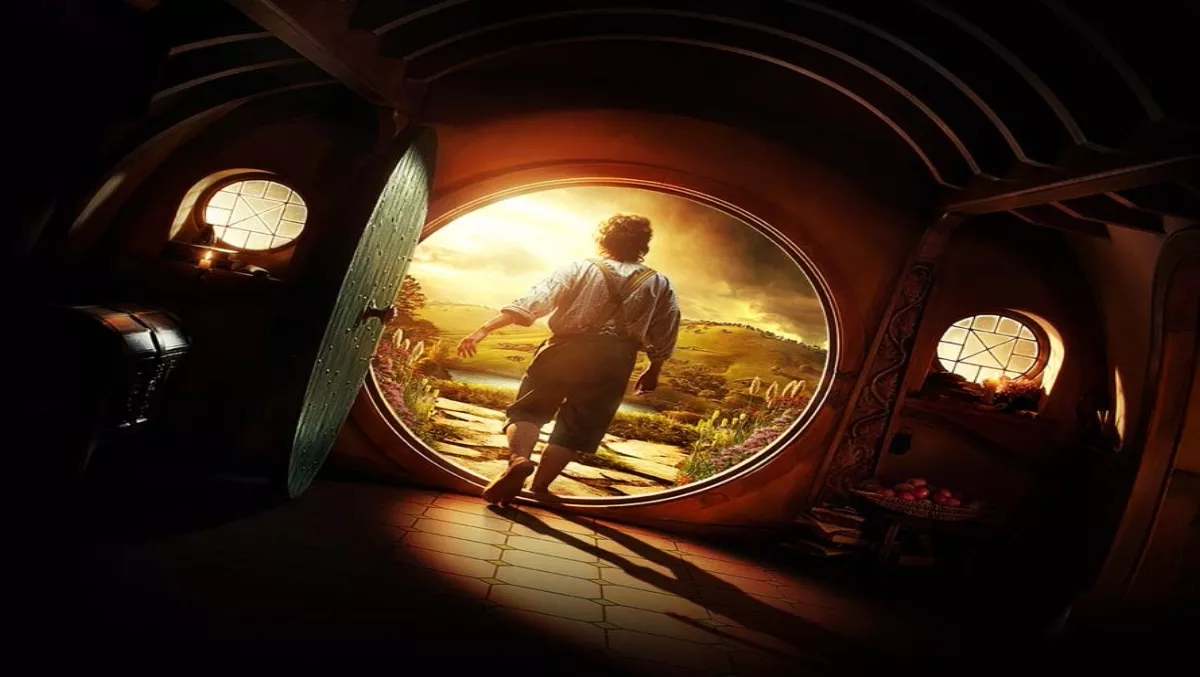
The Hobbit – too much tech?
Technology is an amazing thing that has benefited our lives in many ways.
It’s also an industry that evolves so fast, it’s hard to keep up, even for those of us working in the technology industry!
I’ve often wondered if there is a point where technology goes too far, when we might be better off sticking to the more traditional ways of doing things.
This thought usually comes to mind when I’m sitting in Starbucks, and every single person around me is glued to a screen of some sort and there’s not a single physical conversation happening.
It turns out; fans of The Lord of the Rings series feel the same way about Peter Jackson’s upcoming masterpiece, The Hobbit.
Jackson has not only shot the film in 3D, he’s also used an entirely new technology, and it wasn’t very well received at a preview screening.
The new technology involves using 48 frames a second instead of the customary 24. Industry insiders allowed to see a ten-minute teaser at CinemaCon in Las Vegas were not convinced it was an improvement and one critic complained the technique was 'unsettling' for the audience.
Others said that far from enhancing the movie, the technology ended up making Middle Earth look like a studio rather than the atmospheric setting seen in The Lord of the Rings. Hmm, not great news for New Zealand tourism!
But Jackson has defended his choice of the new technology, insisting that it just takes a little getting used to, the same way HD took some getting used to (remember that disturbing feeling you got the first time you watched Shortland Street in HD -somehow the new technology made the show look even more low budget. Who knew that was possible!)
“At first it's unusual because you've never seen a movie like this before,” Jackson told Entertainment Weekly in the U.S. “It's literally a new experience, but you know, that doesn't last the entire experience of the film.”
He also pointed out that the ten-minute preview was not a real test, as once viewers got into the story and started to relate to the characters, the technology would not be an issue.
“There can only ever be a real reaction, a truthful reaction, when people actually have a chance to see a complete narrative on a particular film,” Jackson said.
The launch of high frame-rate (HFR) cinema has been seeing a lot of publicity since the Hobbit's debut on November 28th, and despite the initial cold reception, HFR cinema might be here to stay.
The human eye and brain can easily process 48 fps - or even the 60fps James Cameron will be using in future Avatar sequels. In fact, there's no known upper limit since the human eye sees a continuous stream of movement, not individual frames.
60 fps was tried in the 70s by Douglas Trumbull with his 70mm film process called Showscan, but studios and theatres of the era couldn't keep up with the cost of the celluloid it required and the company went bust.
Now cameras like the Red Epic can digitally shoot HFR (up to 120 fps) at 5K resolution without blowing budgets, and many cinemas won't have to pay for fast-frame upgrades.
In a recent interview for collider.com, Jackson was asked to elaborate on his opinions around technology in the film industry. Here’s what he had to say:
“I just think that we’re living in a world where the technology is advancing so rapidly. You’re having cameras that are capable of more and more- The resolution on cameras is jumping up.
"Three or four years ago filmmakers using digital cameras were shooting at 2K and now we’re shooting this at 4K and I’m sure within three or four years it’ll be 8K. It’s just going insane with the development, the speed of it, and likewise projection.
"And shortly the one thing we’re all hanging out for is brighter projection for 3D, but the laser projectors are on the horizon and they’re certainly going to massively improve the brightness, and theatres are building bigger screens."
And it’s really a question of do you just say, “Okay, this is what we’ve been used to for the last seventy-five or eighty years, and that’s what we’re going to stick with.”
Or do you explore ways to actually harness this technology to give people a better experience, and we’re also, as an industry, we’re facing a situation where less young people, especially, are coming to see films anymore.
It’s too easy to watch them on your iPad. Too easy to stay at home and play games, and so I think anything that we can do to provide a more immersive and spectacular experience- Filmmakers have been doing it, 65mm, 2001, Kubrick and David Lean, they shot in these huge big formats to try to make it sharp and clear and that was like the equivalent of 5K in the film stock days.
Todd-AO was 30 frames a second, wasn’t it, for Around the World in 80 Days. There’s been people trying to push it, but of course the just effect for seven or eight decades projectors were pretty much locked into twenty-four frames per second.
We had to get past the mechanical film age to be able to explore other things, but it will be interesting. I personally think 48 frames is great, but we’ll just wait till everyone can see a whole full length movie, graded and timed and we’ll see what people think.”
The Hobbit: An Unexpected Journey is now out in theatres across New Zealand.
Check out the trailer for The Hobbit here

